From 1850’s to World War II
1850s Bavarian born Alina Frasa settled down in Helsinki. She is considered as the first Finnish ballerina.
1866 Finnish folkdance was performed on stage for the first time at a Finnish Artists Association’s celebration in Helsinki.
1908 Isadora Duncan was visiting in Finland. In the same year, Anna Pavlova and a group of dancers from Saint Petersburg’s Mariinsky Theatre performed at the National Theatre in Helsinki.
1911 The first Finnish dance artists Toivo Niskanen and Maggie Gripenberg gave dance concerts in Helsinki.
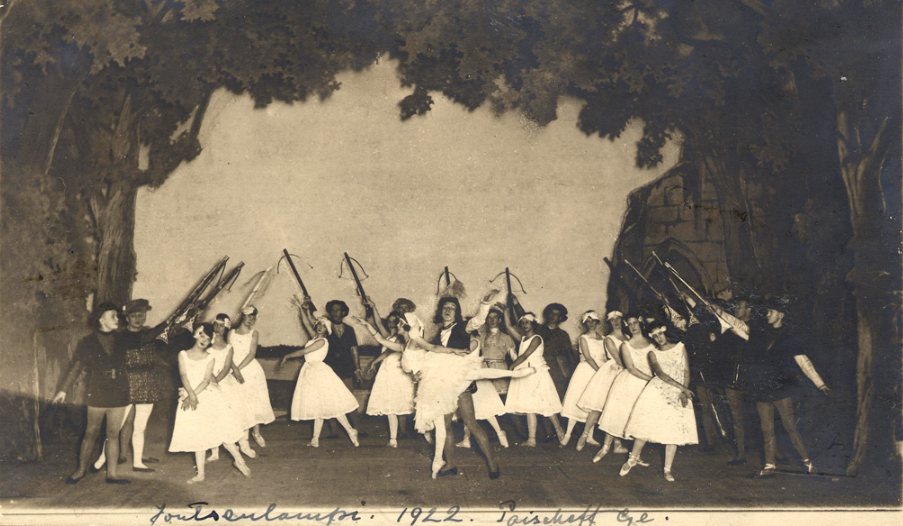
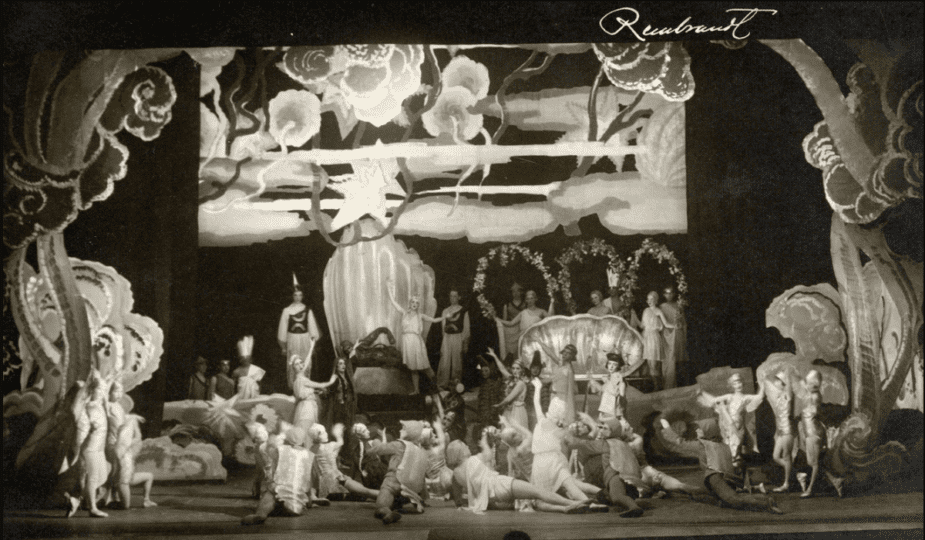
In the 1920s and 1930s many independent dance artists studied and worked in the Central Europe.
1922 The ballet of the Finnish Opera gave a full-evening performance of Swan Lake. The group had been founded in the previous year.
1926 Mary Wigman, one of the leading figures of the German Ausdruckstanz, visited Helsinki.
1931 The first Finnish full-length ballet Sininen helmi (Blue pearl) had its premier.
1937 The Union of Finnish Dance Artists was founded in Helsinki. Kurt Joos’ dance company visited Helsinki.
1950’S – 1960’S
1950s The Finnish National Ballet was the only professional dance group in Finland.
1952 Birgit Cullberg‘s modern ballet classic Miss Julie was performed in the Finnish Opera.
1956 The Finnish Opera became the Finnish National Opera. The Opera’s ballet school started to receive state funding.
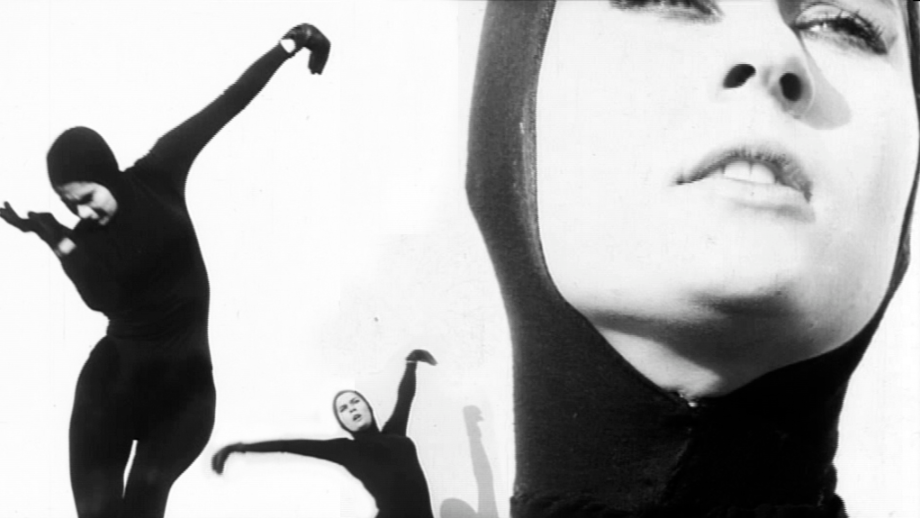
1961 Ritva Arvelo and Raija Riikkala created their dance company called Praesens.
1961 Riitta Vainio brought American modern dance (Chilkovsky technique) to Finland and founded a school of modern dance.
1962 Vainio’s dance performance Kotka (Eagle) was broadcasted on TV. Merce Cunningham, Martha Graham, Donald McKayle and Alvin Ailey performed with their companies in Finland.
1970’S
1970 Kuopio Dance festival, the oldest and biggest dance festival in Nordic countries, was organized for the first time.
1972 The first professional contemporary dance company Dance Theatre Raatikko was founded.
1972 Helsinki Dance Studio was founded. (In 1978 the company took the name Dance Theatre Rollo.)
1973 Helsinki City Theatre’s dance company was founded (later named Helsinki Dance Company).
1978 Jorma Uotinen‘s famous JoJo had its premiere.
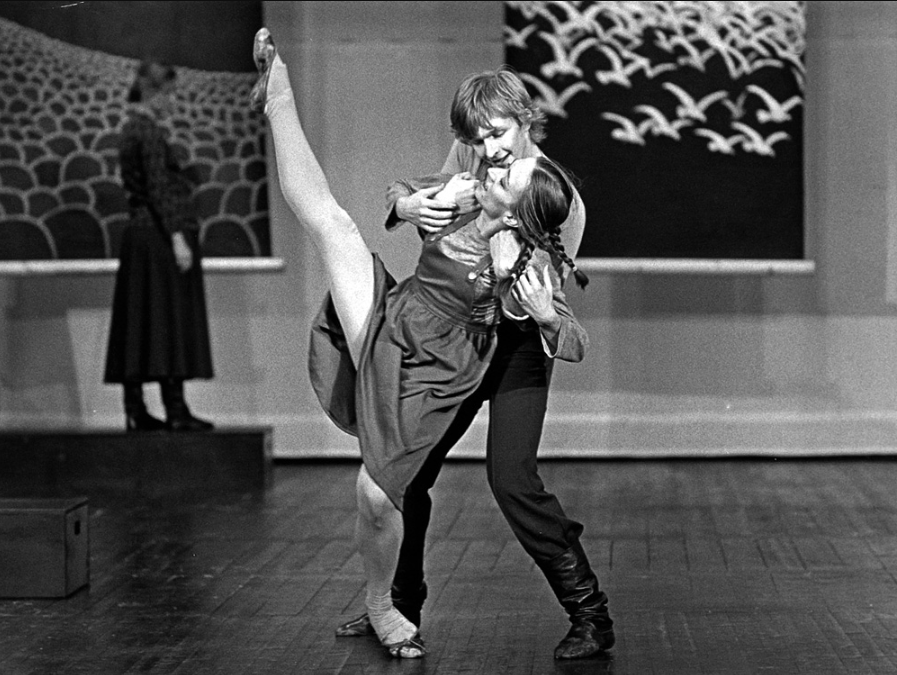
1980’S
1980’s The spectrum of international influences expanded. Professional education in dance was founded.
1980 Dance Info Finland was established.
1981 The first Tanssi (Dance) magazine was published.
1982 International dance day was celebrated for the first time (29th April).
1983 National Council for Dance was established. Dance got an official status in state art policies and public arts administration.
1983 Professional education for contemporary dance started in Theatre Academy of Finland.

1986 A group of young choreographers founded Zodiak as a production association for freelance artists. (Since 1997 it’s called Zodiak – centre of new dance.)
1989 Reijo Kela performed his Cityman – he spent a whole week living in a glass box in Helsinki city centre.
1990’S
1990’s were a decade of growth for Finnish contemporary dance. The increase in professional education had a knock-on effect on the number of artists, and many new companies were formed.
1992 The biggest dance festival dedicated to contemporary dance in Finland, Full Moon Dance, was organized for the first time in Pyhäjärvi.
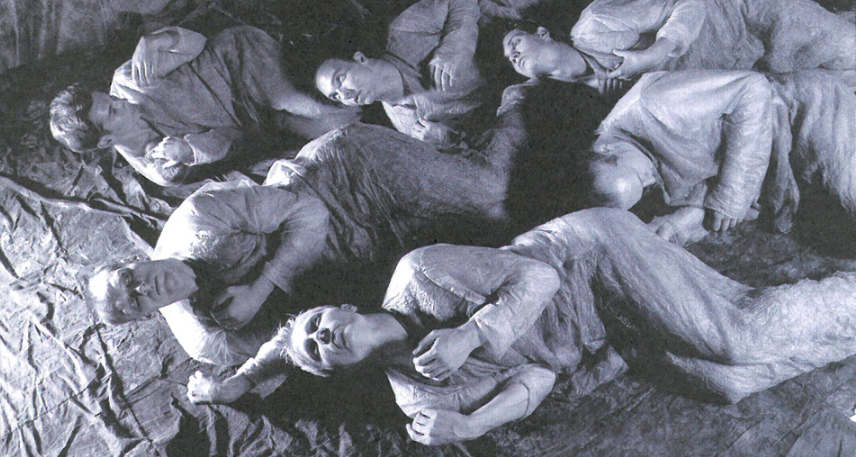
1993 The first dance theatres started receiving state subsidies on a regular basis.
1993 Finnish National Ballet moved to the new opera house. The number of dancers increased during the decade to over 80 dancers.
2000’S
In the beginning of the 21st century, the status and availability of dance became stronger. The number of independent companies increased, and international exchange was growing fast.
2004 The regional centres for dance were founded.
2004 Liikekieli.com, the first online magazine about dance was created.

2008 Loikka Dance Film Festival was founded.
2009 Dance in Finland – Vision and Strategy 2010-2020 was published.
2010’S
In the 2010’s the Finnish dance field became more international. The decision to build a new house for dance (Tanssin talo) in Helsinki was made.
2012 Tanssi (Dance) magazine was joined to the Teatteri (Theatre) magazine.
2014 There were already 11 dance theatres subsidized by law (the Theatres and Orchestras Act), and almost 20 other dance groups receiving discretionary subsidy from the state for running the company.
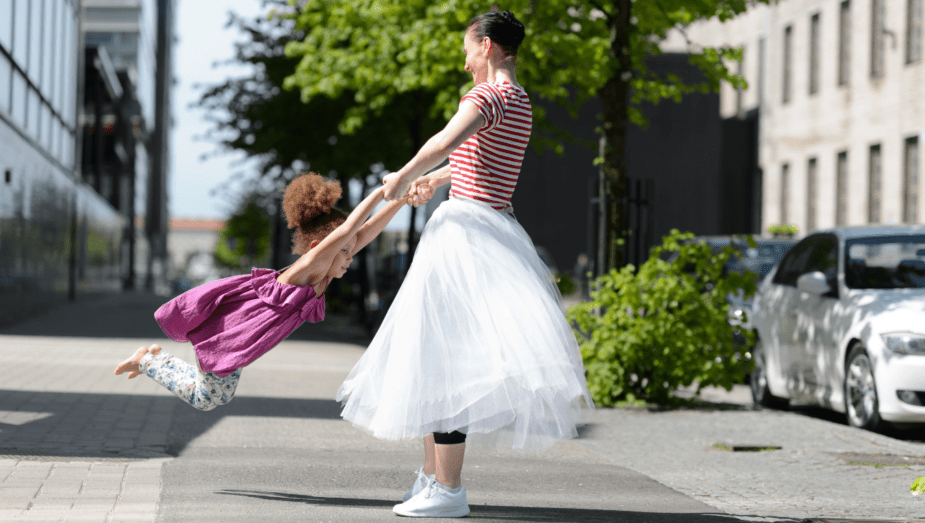
2015 The state and the city of Helsinki made a decision regarding of building and subsidizing a new dance house in Helsinki.
2017 Finland celebrated its centenary, and the project ‘Dancing Finland’ – organized by Dance Info Finland – reached over 2,5 million people during the year.
2020’S
In the 2020’s Tanssin talo rose next to Kaapelitehdas in Helsinki. Dance is seeking new ways to reach audiences virtually.
2020 The foundation stone of Tanssin talo was laid.
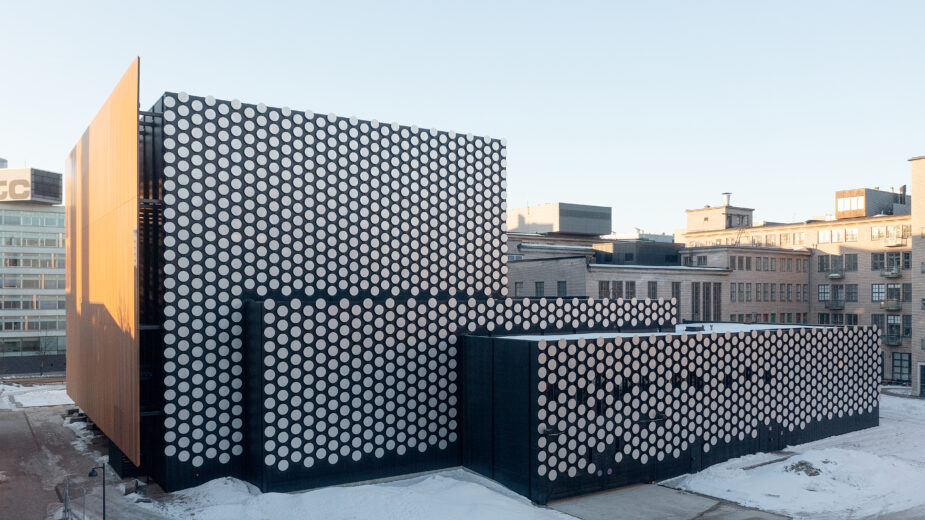
2020 COVID-19 diminished audiences and brought performances online. It also developed new ways to make and experience dance.
2022 Tanssin talo was opened to the public.
2022 New Act on the promotion of performing arts entered into force.
2023 Circus & Dance Info Finland started its operations.
Read more
An article (2022) about the international history of Finnish contemporary dance ›
(Read time est. 10 minutes)